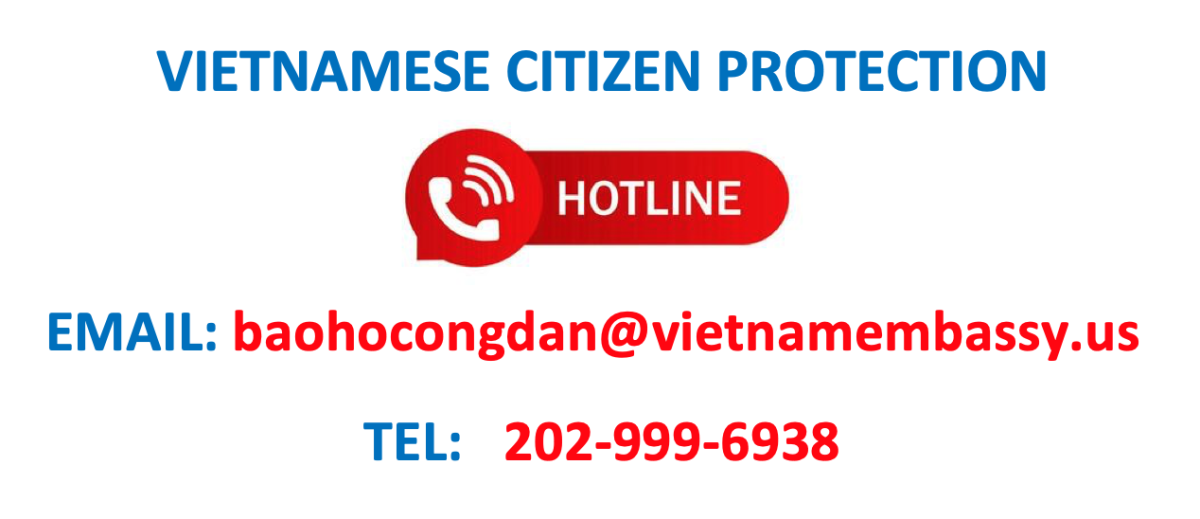Vietnam, SE Asia’s growing economies crucial to boosting U.S. exports
(This article appeared in The Hill, Oct, 2010)
At his State of the Union address, President Barack Obama declared his trade policy goal: a doubling of American exports over the next five years. He received bipartisan applause. Now, in campaign season, trade gets a decidedly less enthusiastic treatment. Republican and Democratic candidates alike decry job losses going along with more international trade.
Reality is always more complex than speeches. In a balanced trade arrangement, both sides win. Americans’ standard of living depends directly on manufactured goods from places where labor is less expensive. And U.S. manufacturers can only export to countries where people have enough in- come to buy American products.
Since the normalization of trade relations between the United States and Vietnam in 2000, bilateral trade has benefitted both sides. Trade has grown exponentially between the two countries, to reach a total volume of $15 billion in 2009. Vietnam exports more to the United States than it imports, but this alone does not reflect the relationship.
First, most imports from Vietnam do not displace U.S. products, but compete with other devel- oping countries, like China.
Coffee is not grown in the United States, and textiles and other low-end manufactures could not be produced in the United States at competitive rates. Second, thanks to Viet- nam’s rapid economic development, every dollar earned helps in the rapid transformation of Viet nam’s own economy, with great downstream benefits to the United States. Last year, Vietnam imported just under $3 billion worth from the United States. In 2010, the number is already $2 billion for the first six months.
Due to fierce competition, profit margins on export items are extremely low, leaving little money in the hands of Vietnamese companies. As Vietnam’s former Deputy Prime Minister Vu Khoan said “We have to sell a lot of catfish to buy one Boeing Dreamliner.” Vietnam is one of Boeing’s early customers for this aircraft and Vietnam Airlines bets heavily on Boeing in its growth strategy.
Vietnam runs a trade deficit, which indicates that the United States has great opportunities if it can break into the market more effectively. Vietnamese consumers prefer products made in the U.S.A. During the embargo days, many Vietnamese came to appreciate U.S. products sent by overseas Vietnamese, and the stars-and-stripes label still has an inherent advantage with consumers. Vietnam’s economy is growing rapidly, and the composition of imports and exports changes. A richer Vietnam means growing demand for high- end agricultural products, better animal husbandry and breeding technologies and support services. Vietnam, for example, is one of only two Asian countries that no longer bans the import of adult U.S. cattle since the mad cow disease scare. Agro giant Cargill is doing brisk business with chicken and fish feed. American protectionism against Vietnamese catfish is bound to make a dent in this company’s prospects.
The oil industry is increasingly turning to high end U.S. technologies. Not coincidentally, the State of Oklahoma has a trade representative office in Hanoi, mostly to penetrate the agriculture and technical equipment markets.And Washington Governor Christine Gregoire took a delegation of 100 business reps to Vietnam in September and said that “The meetings we’ve had and the promotional events we’ve conducted are proof that there’s demand for Washington products.”
Gateway to Asia
Every new factory needs better equipment and business services to participate in an increasingly competitive international market. Vietnam imports $22 billion worth of ma- chinery, about one quarter of total imports. Vietnam with its 86 million people is a formi-
dable market in itself. Economic growth rates are consistently above 6%, and foreign investment from around the world is booming even now. But Vietnam is more than a market; it is a gateway to the world’s most vibrant trade bloc, the Association of South East Asian Nations, ASEAN.
ASEAN comprises a total population of approximately 600 million people, who are ever more closely integrated through common trade and investment regulations. Vietnam has made it clear that it is open for American investment and products and can act as an entry point into East Asia.
American legislators who push protectionist special-interest legislation in favor of a small, yet vociferous lobby, like the handful of catfish farmers in the Mississippi delta, are at risk of missing the bigger picture: a vibrant country that likes American products in the world’s fastest growing region, East Asia.



